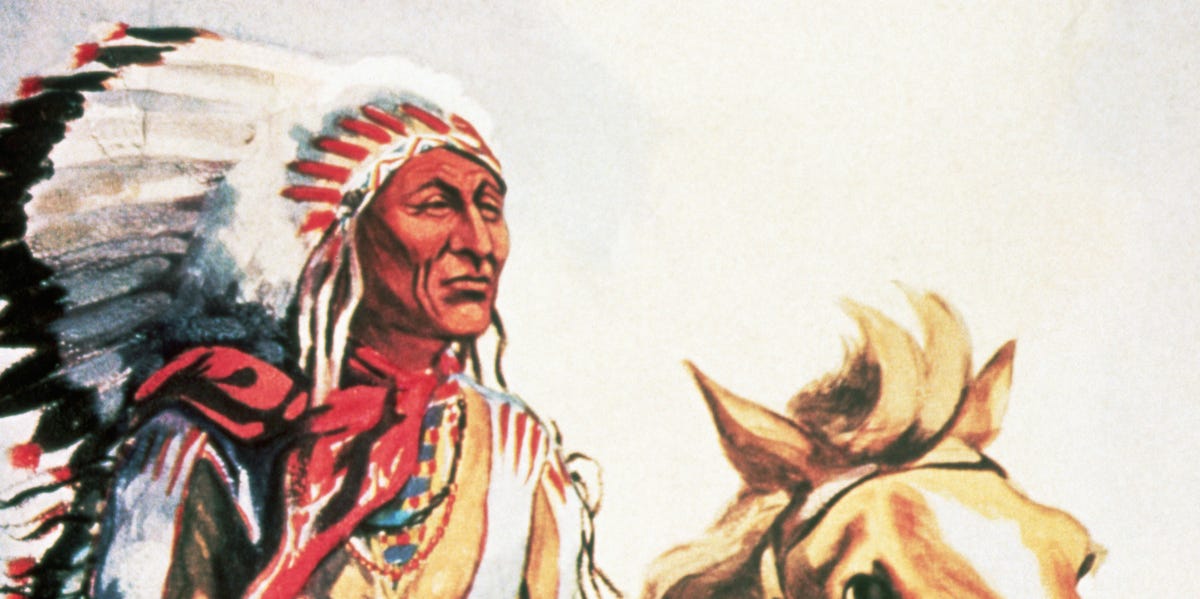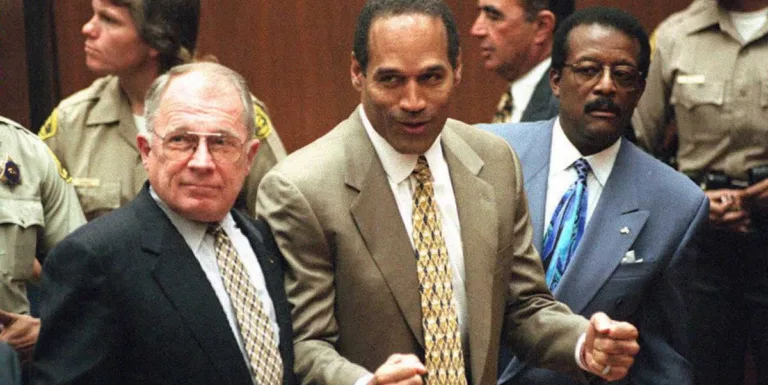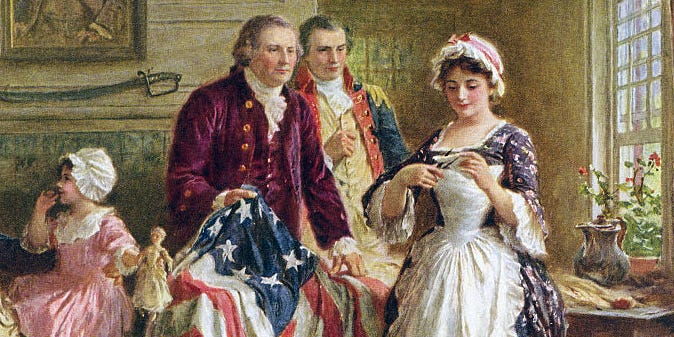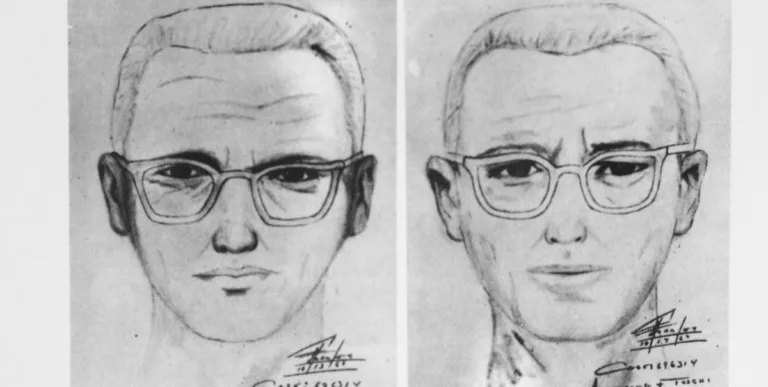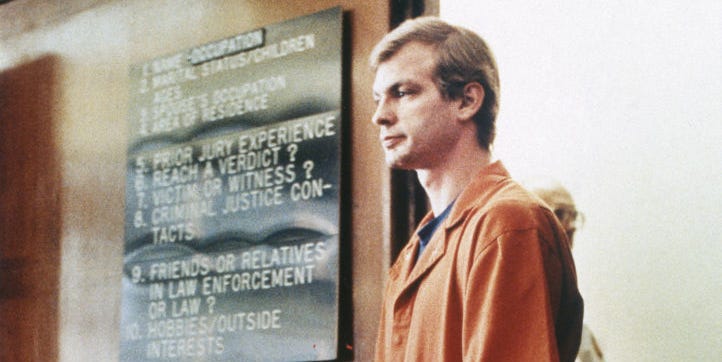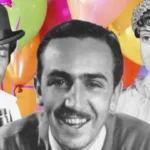The Lakota people have a rich and vibrant history, filled with stories of resilience, courage, and unwavering dedication to their traditions. Central to this narrative are two Legendary Figures: Crazy Horse and Sitting Bull. These powerful leaders stood as symbols of resistance against the encroaching forces that threatened their way of life in the late 19th century.
Their names echo through time, forever intertwined with pivotal moments in American history. Crazy Horse and Sitting Bull, though distinct individuals with unique strengths, shared a common goal: To Protect Their Land, Their Culture, and their people from assimilation and displacement. They led their tribes through challenging times, inspiring loyalty and courage in the face of overwhelming odds.
Their story is one of both triumph and tragedy, a testament to the enduring spirit of those who fought for what they believed in. As we delve deeper into their lives and legacies, we’ll explore the battles they fought, the victories they achieved, and the lasting impact they had on American history and Native American culture.
Resistance Against Relocation
The late 19th century saw a dramatic shift in the lives of Native American tribes across The United States. Driven by westward expansion and policies aimed at assimilation, the U.S. government sought to forcibly relocate indigenous Peoples Onto Reservations, territories deemed unsuitable for traditional ways of life. This policy met fierce resistance from Many Tribes, including the Lakota, who fiercely defended their ancestral lands and cultural autonomy.
At the heart of this resistance stood crazy horse and sitting bull. They recognized the threat posed by relocation, understanding that it would sever their connection to their sacred grounds and Erode Their Traditions. They rallied their people, urging them to stand united against this encroachment on their sovereignty. Their calls resonated deeply, galvanizing a sense of purpose and defiance within the Lakota communities.
 New Serial Killer TV Shows & Series: Captivating Crime Dramas
New Serial Killer TV Shows & Series: Captivating Crime DramasTheir resistance took many forms, from diplomatic negotiations to armed conflict. They sought to protect their way of life through every means possible, knowing that surrender would mean the loss not only of their land but also of their very identity.
Key Battles and Victories
The Lakota’s resistance manifested in several pivotal battles that shook the foundations of American power in the West. One such battle was The Fetterman Massacre, a resounding victory for crazy horse and sitting bull against a detachment of U.S. soldiers led by Captain William J. Fetterman. This ambush demonstrated the Lakota’s military prowess and their unwavering determination To Defend Their Territory.
Perhaps the most famous battle in which they participated was The Battle Of Little Bighorn, also known as Custer’s Last Stand. Here, sitting bull and crazy horse, alongside a coalition of other tribes, decisively defeated General George Armstrong Custer and his entire regiment. This stunning victory became a symbol of resistance against government oppression and cemented their place in American history.
These battles were not just military victories; they were powerful expressions of Lakota sovereignty and cultural pride. They demonstrated the effectiveness of traditional warfare tactics and the deep unity that existed within the tribes.
Surrender and Tragic Death
Despite their early victories, the relentless pressure from the U.S. government eventually forced many Lakota to surrender. In 1877, Crazy Horse, weary of the constant conflict and seeking peace for his people, agreed to lay down his arms and submit to Us authorities. This decision, though made with good intentions, proved to be a tragic turning point in his life.
While surrendering at Fort Robinson, Nebraska, Crazy Horse was caught in a struggle with soldiers. The exact details remain shrouded in controversy, but the outcome was devastating: Crazy Horse was killed. His death sent shockwaves through Lakota communities and became a symbol of broken promises and the enduring pain inflicted by forced assimilation.
His legacy, however, Continues To Inspire Generations. He is remembered as a warrior who fought bravely for his people’s freedom and a leader who sought peace even in the face of Overwhelming Odds.
Legacy and Remembrance
The legacy of Crazy Horse And Sitting Bull continues to resonate deeply within Lakota communities and beyond. They are revered as cultural heroes, their stories passed down through generations, ensuring that their bravery and commitment To Their People’s way of life are never forgotten. Their fight for autonomy and resistance against oppression serves as a powerful reminder of the resilience and strength of indigenous peoples.
The Crazy Horse Memorial, an ambitious project in progress in The Black Hills of South Dakota, stands as a testament to Crazy Horse’s Enduring Legacy. This colossal sculpture, carved into the mountainside, is intended to be a symbol of Lakota pride, Cultural Preservation, and the ongoing struggle for self-determination. It serves as a powerful reminder of the importance of honoring and remembering the sacrifices made by leaders like Crazy Horse Sitting Bull in their fight for justice and freedom.
Their stories continue to inspire activism and advocacy for Native American rights today, reminding us that the fight for equality and recognition is ongoing.
The Crazy Horse Memorial
The Crazy Horse Memorial is a monumental project in progress on The Black Hills of South Dakota. It’s a colossal sculpture carved directly Into Granite Mountainside, depicting the legendary Lakota warrior Crazy Horse astride his horse. This ambitious undertaking began in 1948 and continues to this day, driven by the vision of sculptor Korczak Ziolkowski.
The memorial is more than just a massive sculpture; it’s intended to be a powerful symbol of Lakota pride, Cultural Preservation, and the ongoing struggle for self-determination. Ziolkowski envisioned it as a testament to Crazy Horse’s bravery, His Commitment To His People, and his enduring legacy. The project has become a major Tourist Attraction, drawing visitors from around the world who come to marvel at its scale and significance.
The memorial also serves as a place of learning and cultural exchange. It features museums, Educational Exhibits, and cultural performances that celebrate Lakota history, traditions, and contemporary life. It’s a powerful reminder of the importance of honoring and remembering the sacrifices made by leaders like Crazy Horse in their fight for justice and freedom.

